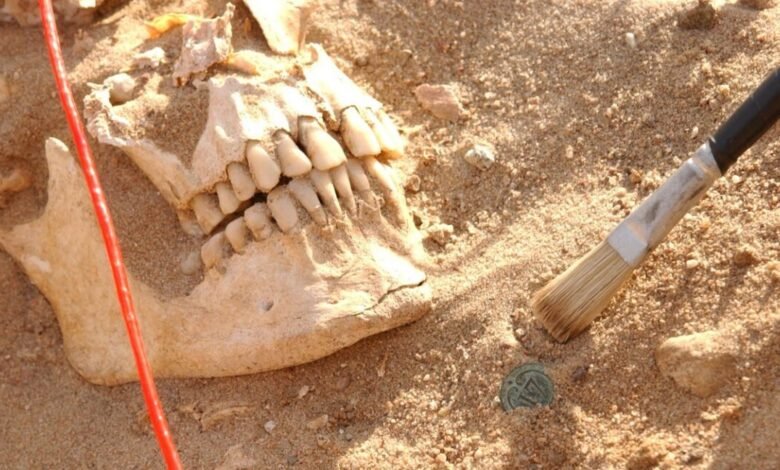Napoleon’s Army Killer Identified by DNA Analysis

▼ Summary
– Napoleon’s 1812 invasion of Moscow resulted in catastrophic losses, with only about 110,000 of 615,000 soldiers surviving.
– Most casualties were due to harsh winter conditions, starvation, and disease, with around 300,000 perishing from these factors.
– New DNA analysis of soldiers’ remains identified Salmonella enterica and Borrelia recurrentis as pathogens that afflicted the troops.
– Researchers emphasize that studying historical pathogens helps understand disease evolution and provides insights for modern infectious disease management.
– Contemporary accounts and prior studies noted symptoms like diarrhea, fever, and typhus, with evidence from body lice and earlier DNA analyses supporting these findings.
New DNA analysis has finally pinpointed the specific diseases that decimated Napoleon’s army during its catastrophic 1812 retreat from Moscow. While the brutal Russian winter and starvation claimed countless lives, scientists have now confirmed that two deadly pathogens played a major role in the staggering death toll. By examining the remains of soldiers, researchers identified the presence of Salmonella enterica, which causes paratyphoid fever, and Borrelia recurrentis, the bacterium responsible for louse-borne relapsing fever.
For many years, historians and scientists have debated the exact nature of the illnesses that swept through the ranks. Personal accounts from the era describe soldiers suffering from a horrifying array of symptoms, including severe diarrhea, high fevers, pneumonia, and jaundice. Typhus, often referred to then as camp fever, was long suspected to be a primary culprit.
Recent technological advances have allowed a team to extract and analyze genetic material from the teeth of soldiers buried in a mass grave. This approach provided clear molecular evidence for the two bacterial infections. According to Nicolás Rascovan of the Institut Pasteur, a co-author of the study, applying modern technology to diagnose a 200-year-old mystery is incredibly exciting. He emphasized that accessing the genomic data of historical pathogens helps us understand how infectious diseases spread and evolved in the past. This knowledge offers valuable insights that can inform our approach to combating infectious diseases in the present day.
Previous investigations had already suggested that insect-borne illnesses were rampant among the troops. A 2006 DNA analysis of remains from a mass grave in Vilnius had discovered evidence of body lice, the main vector for typhus. That study also found indicators of the typhus pathogen R. prowazekii and the trench fever pathogen B. quintana, though the results were not definitive. Later, a 2011 study detected ancient viral DNA from the Anelloviridae family in a dental sample from another soldier. The latest findings, published in Current Biology, provide the most conclusive evidence to date, revealing a nightmarish combination of bacterial diseases that worked in tandem with hunger and freezing temperatures to destroy one of history’s largest armies.
(Source: Ars Technica)